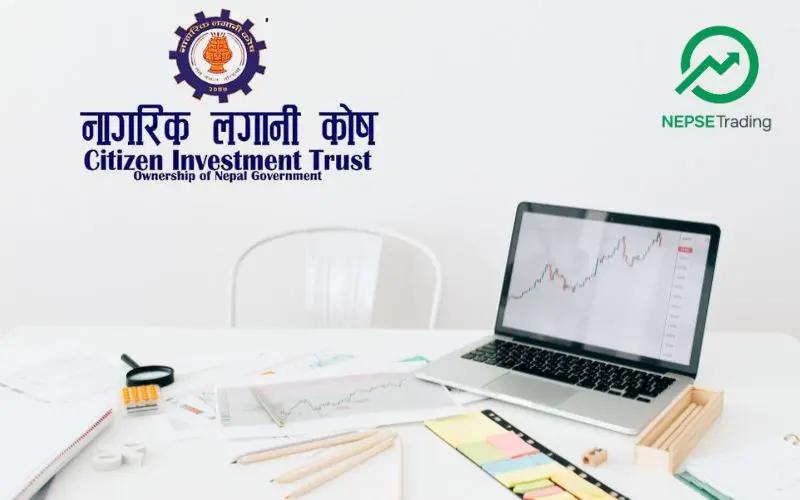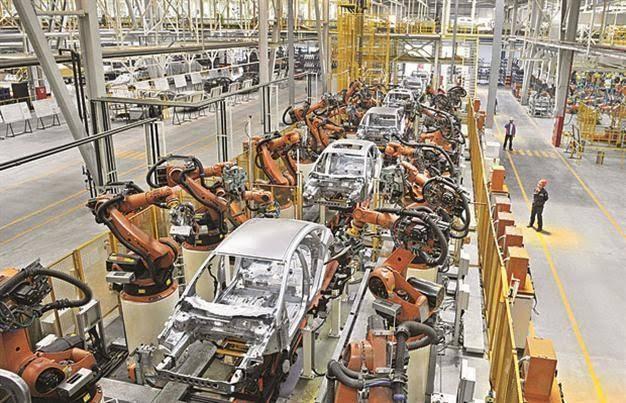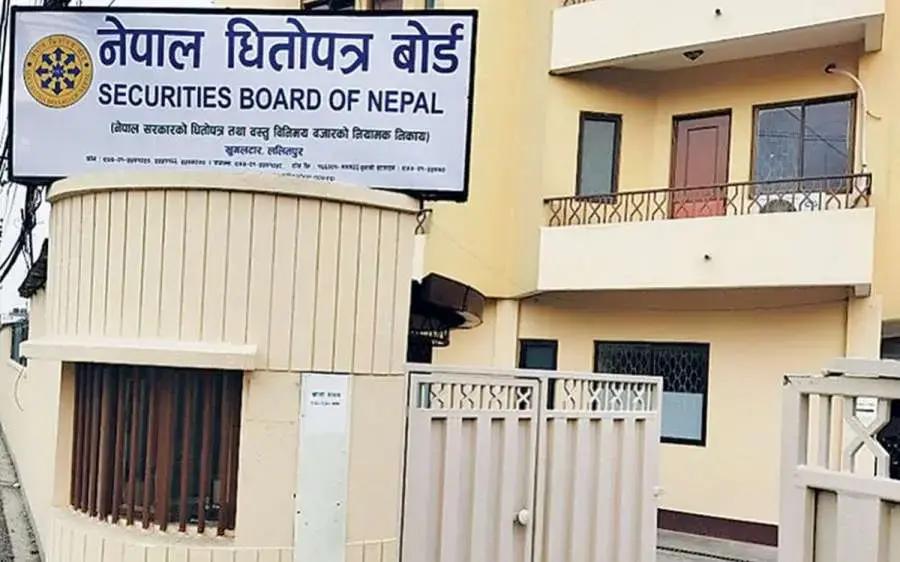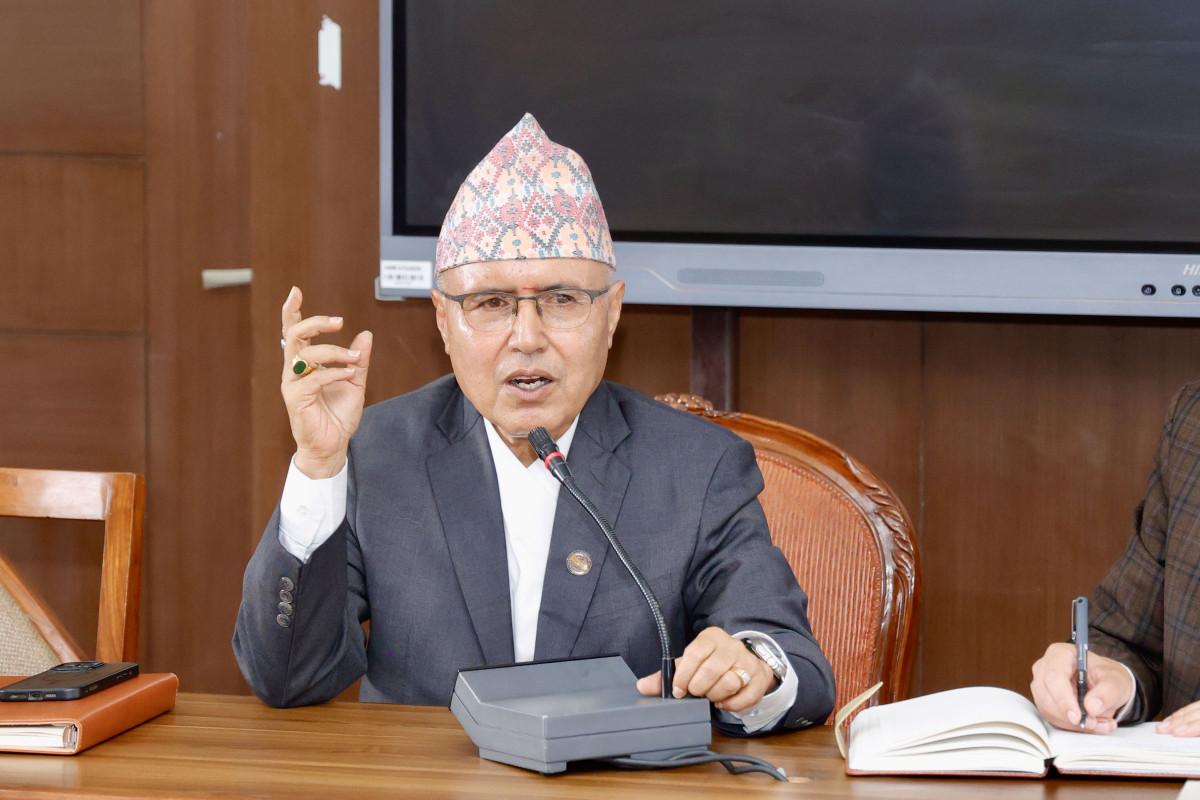By NEPSE TRADING
Thirteen Major Shocks in a Decade: From Earthquakes to Youth Uprising, Nepal’s Economy Suffers Trillions in Losses

Kathmandu – Nepal’s economy, already fragile with 41.31% of it still in the informal sector, has endured thirteen major shocks in just the past decade. These include devastating natural disasters, geopolitical tensions, global crises, and domestic political unrest — each leaving deep scars on growth, employment, and investment confidence.
According to Tribhuvan University’s Central Department of Economics, Nepal’s informal economy accounts for nearly half of all activity, reflecting weak institutional foundations. By the end of FY 2081/82 (mid-2025), the size of the formal economy is estimated at NPR 61.07 trillion, with per-capita income at USD 1,517. While GDP has grown 2.73 times in 11 years — from NPR 22.32 trillion in 2071 (2014) — inequality, unemployment, and economic stagnation remain pressing issues.
Nepal ranks 96th globally in GDP size but a lowly 161st in per-capita income, showing that growth has not translated into prosperity for most citizens. Political instability, policy unpredictability, and recurring crises have further weakened the investment climate.
2015 Earthquake – Claimed nearly 9,000 lives and caused USD 5.17 billion in losses (22.8% of GDP).
2015 Indian Blockade – Lasted five months, disrupted essential supplies, fueled black markets, and spiked inflation.
2017 Floods – Killed 176, affected 1.7 million people, and caused USD 595 million in damages.
2019 Floods – Killed 119 and inflicted USD 204 million in losses.
COVID-19 Pandemic (2020–2021) – Triggered lockdowns, mass job losses, and business shutdowns; over 10,000 deaths.
Global Crisis Post-COVID – Russia-Ukraine war and supply chain disruptions raised petroleum costs, pushed inflation to 8.64%, worsened liquidity crunch, and spiked lending rates.
2020 Floods – Claimed 448 lives, caused USD 100 million in damages.
2021 Floods – Washed away hydropower projects, causing NPR 10 billion in energy sector losses.
2023 Eastern Nepal Floods – Damaged hydropower projects, costing NPR 8.5 billion.
2024 Floods – Killed 268, affected 2.59 million, and caused USD 420 million in damages; Upper Tamakoshi hydropower plant shut down.
2025 June Bhote Koshi Flood – Disrupted Rasuwagadhi trade with China; destroyed customs, containers, and infrastructure.
Gen-Z Youth Uprising (2025) – Caused 73 deaths, destruction of government offices (including Singha Durbar and Supreme Court), and major private sector damages (Bhatbhateni, Hilton Hotel, Ncell, CG brands, Chandragiri Cable Car, etc.).
Post-2023 Economic Slowdown – Demand slump, lack of credit growth despite banks sitting on NPR 10 trillion in lendable funds, and falling interest rates reflect persistent stagnation.
These repeated shocks underscore Nepal’s vulnerability to both natural and man-made crises. While natural disasters like earthquakes and floods are unavoidable, experts argue that poor governance, weak institutions, and policy instability have amplified the damage.
Insurance coverage remains low, leaving businesses and households unable to recover quickly.
Political opportunism has fueled unrest and delayed structural reforms.
Global linkages have exposed Nepal to inflation and liquidity shocks without adequate policy buffers.
Youth frustration over unemployment and inequality has spilled into movements like the recent Gen-Z uprising, highlighting deep socio-economic discontent.
Analysts warn that unless Nepal focuses on political stability, legal reforms, and investment-friendly policies, economic progress will continue to be derailed by recurring shocks. Strengthening disaster resilience, expanding insurance penetration, and creating employment opportunities for youth are seen as urgent priorities.









